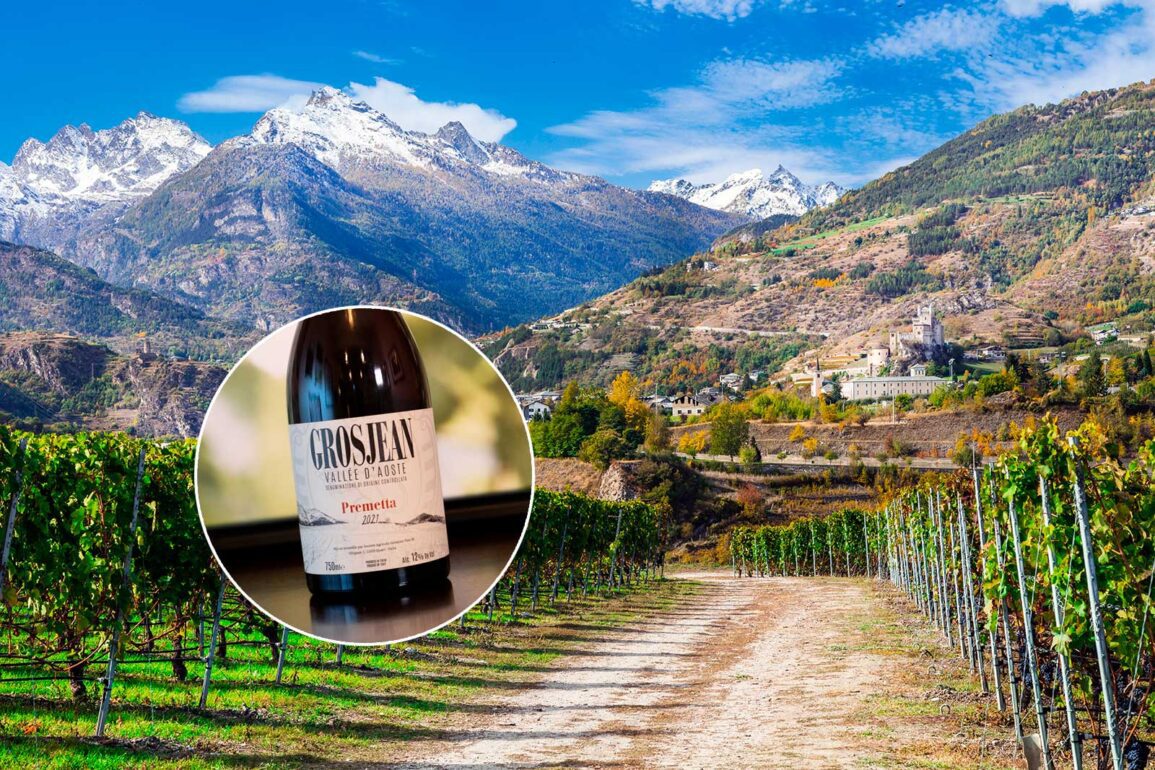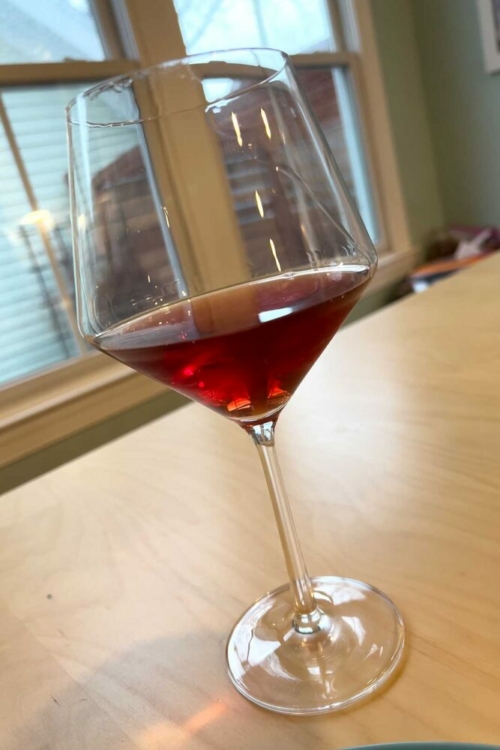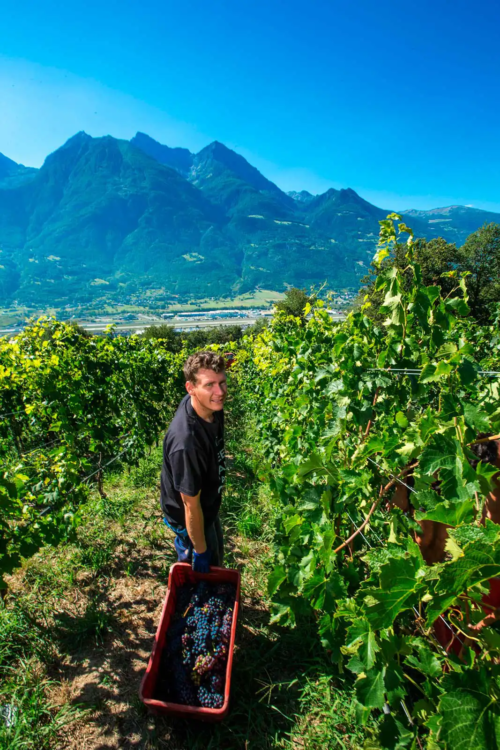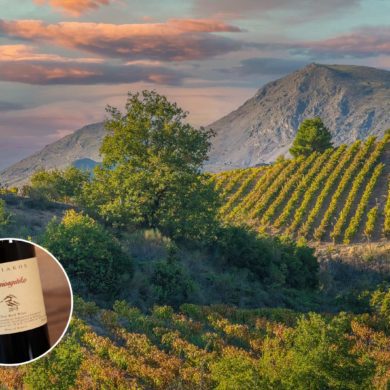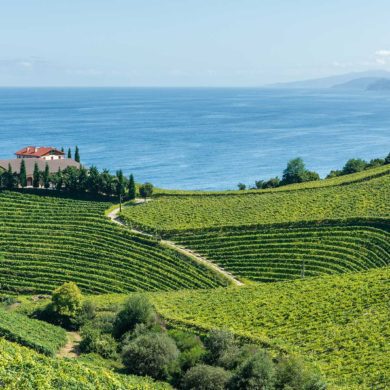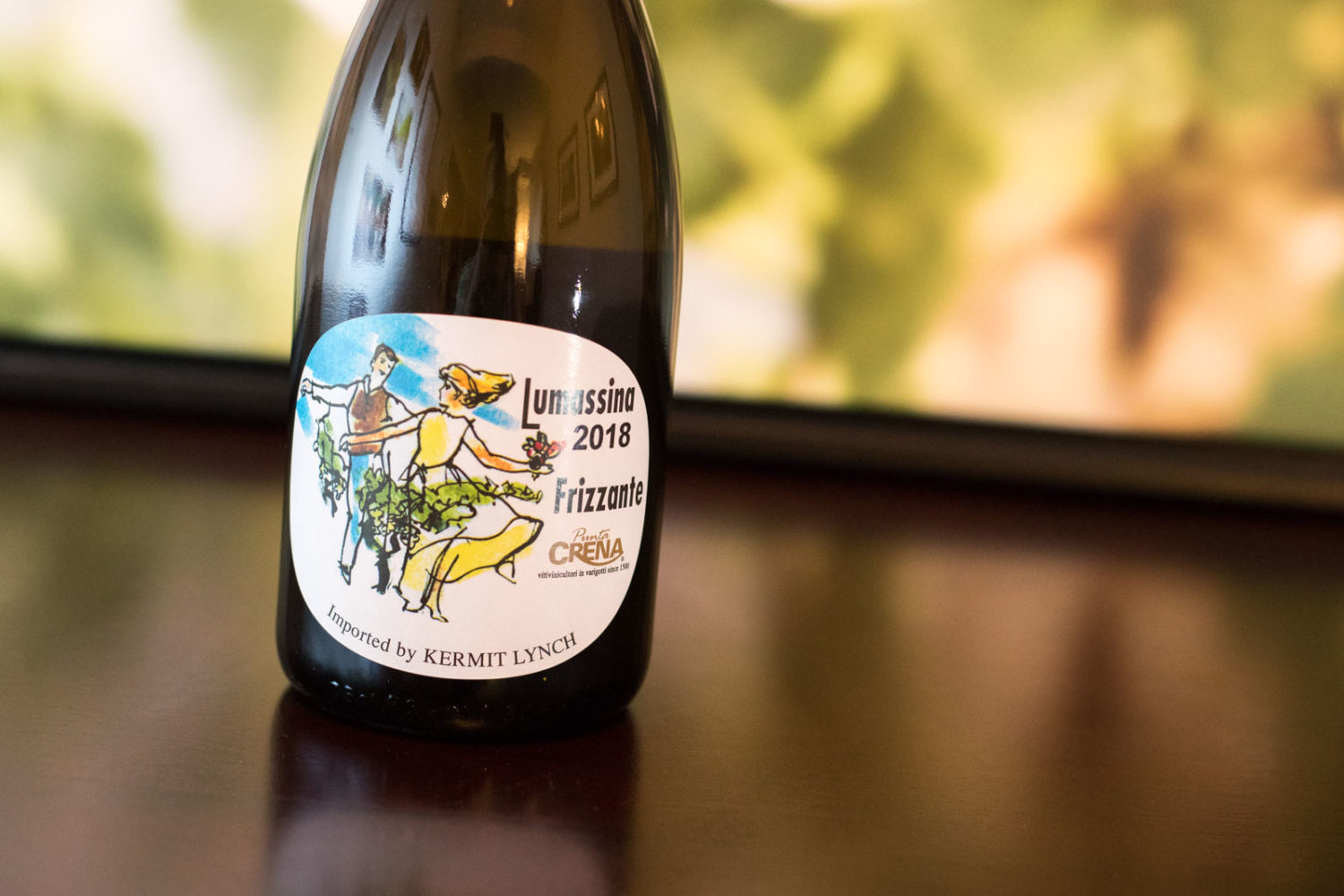What makes a rosé wine a rosé wine? Is it the process or is it simply the final hue in the glass? On the surface, any wine made from red grapes with a deliberately short maceration ought to be called a rosé wine. But then again, there are examples of this type of wine skewing toward a more structured, deeper colored version, and the context that supports those wines — think of Clos Cibonne, Château Simone or some of Italy’s Cerasuolo d’Abruzzo — is far from the easy-breezy sipping. And conversely, we have wines made in the red wine method from grapes that never had enough pigment in the first place to achieve full “redness.” Their pale color and light body defy a red-wine context for serving, but by process, no one would dare call them a rosé.
This is the slippery slope that the wine grape Premetta lives on, both figuratively and literally, as this is a high-altitude, steep-slope original from Italy’s Valle d’Aosta.
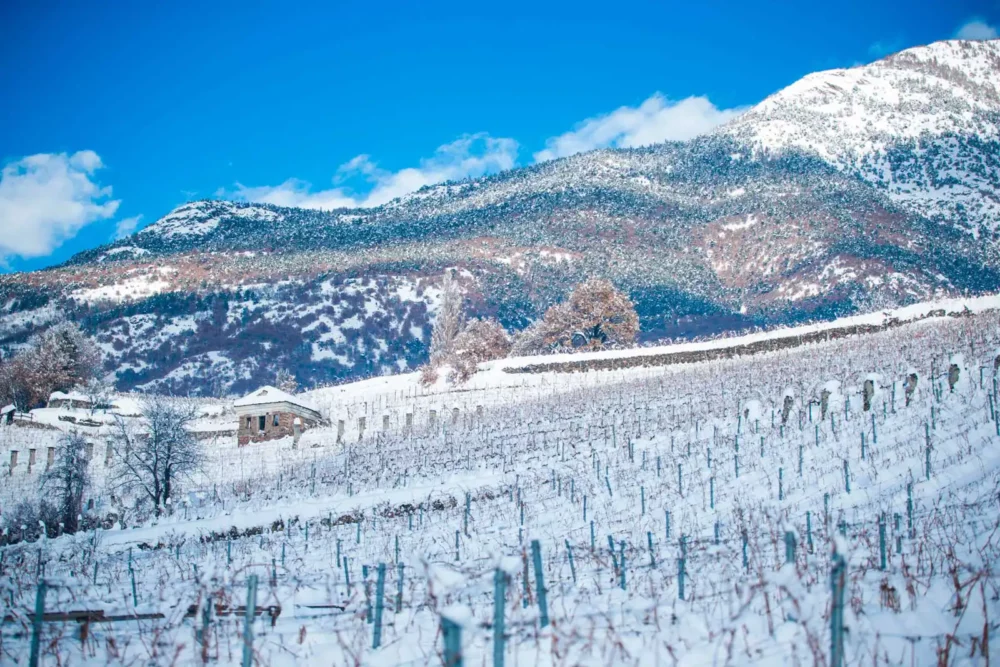
Idiosyncratic Valle d’Aosta
The first thing to understand about Premetta is its one-and-only home, Valle d’Aosta, an autonomous region that marches to its own beat, both within Italy and in the wine world.
Hemmed in by the tallest of the Alps — including Mont Blanc, Monte Rosa and the Matterhorn — Valle d’Aosta has conversely been both geographically isolated and an important trade route between France and Italy. Because of this, the place is one big contradiction. French is the dominant language, and the culture is so distinct here, that the region is one of five to have a degree of autonomy from the central government, even though Valle d’Aosta only makes up 0.21% of the Italy’s population. (For comparison sake, that is roughly the same percentage of total population that Alaska has in the United States).
Despite the extreme climate and isolation, the Romans were unfazed when they brought the vine to Valle d’Aosta in 400 BC. After all, this was one of the most important gateway valleys connecting southern and northern Europe, and the Romans wanted to hold dominion over it. Planting grape vines was a key aspect of putting down roots and building the empire, and so ever since, grapes have grown in the lower valleys in and around the ancient Roman city of Aosta.
But much of this terrain is steep and back-breaking, which has naturally put limitations on the volume of wine Valle d’Aosta can produce (only 0.04% of Italy’s total volume as of 2022).
And what are we writing about today? One of Valle d’Aosta’s rarest and most unusual indigenous grape varieties. If all of this doesn’t set the table for how uncommon Premetta is, then nothing will. (But put another way: why would I bother writing about it if it wasn’t worth the hunt?)
Snack On This
I will admit that I have not been to Valle d’Aosta for wine journalism, at least not yet. Given the rarity of its wines and geographical realities, few wine writers have. But one who frequently visits (and who has a clear, undying love for the region) is Ian D’Agata. He has noted in his book Native Wine Grapes of Italy that while Premetta is uncommon among Valle d’Aosta’s galaxy of grapes, the vines that produce the grape tend to be very productive. Premetta also ripens early, which is a major advantage in a growing region like the Alps, while winter weather can easily sneak into otherwise prime harvest months. Premetta also doesn’t mind the overnight cold that defines such high-elevation sites. (All of which makes me wonder how the grape would perform in the vineyards of my home state, Colorado).
D’Agata also notes that Premetta — which is also called Prié Rouge — makes a wonderful table grape for eating, because of its big juicy berries and think skin. “The grape itself is lovely to look at,” he writes. “Large, pretty, rosy pink berries and opulent clusters spilling out from the vines that make you want to start eating.”
The Wine Itself
The wine itself will also induce hunger, as it is a thirst-quenching and silky light red with abundant cranberry-meets-strawberry fruit tones and leathery, savory edges. Like a rosé, it goes down quite easily, although you may find the fruity aspects to be more sour than the profile of — for example — a rosé from Pinot Noir or Cabernet. That sourness is simply a suggestion to have a bite of cheese, or a handful of almonds. Where Premetta (and Valle d’Aosta wines in general) show their most Italian traits is in their demand for food pairings. Some palates might not prefer Premetta as a stand-alone sipper.
Now comes the bad news: finding a bottle of Premetta. The most prominent producer by a long shot is Grosjean, whose wines is profiled below. Even then, this is not a straight taste of Premetta, as 10% Cornalin (another little-known Valle d’Aosta grape) is blended in. I was thoroughly charmed by the novelty of this wine. When you taste as much as I do, that’s a rare trait — usually a new wine, a “first taste” if you will, will remind you of something. But Premetta claims its own space on the spectrum from red to rosé, and those flavors described above — while tasting similar to other alpine varieties, like Petit Rouge or even Nebbiolo — land differently on the palate. There is a realm of possibilities worth exploring with this stand-alone bottle of wine.

Premetta at a Glance
Origin: Valle d’Aosta
Appellations: Most associated with Valle d’Aosta DOC
Aromatic intensity: High
Color: Coral-rosy (light)
Acidity: Low to medium
Body: Light
Tannin: Low to medium
Alcohol: Low to medium
Skins: Thin
Ripening: Early
2021 Grosjean Fréres Valle d’Aosta Premetta
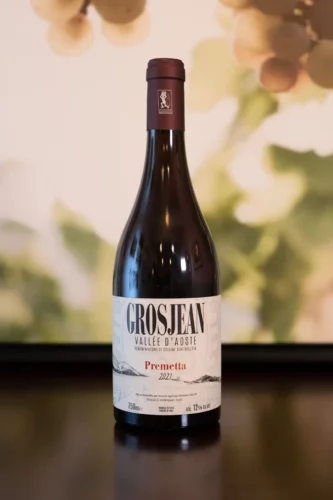 Vallée d’Aoste DOC (Valle d’Aosta )
Vallée d’Aoste DOC (Valle d’Aosta )
Grapes: Premetta (90%), Cornalin (10%)
Alcohol: 12%
Opinion: ★★★★ 3/4 (out of five)
Food friendliness: Impeccable
Value: As Expected
A beginner might like … the unusual fruit tones and light body of this wine. Its succulent and juicy, yet has barely enough body to feel like a red wine. Pair with lighter fare and don’t be afraid of a light chill.
A wine obsessive might like … the rarity of this wine. Premetta is an exceedingly rare grape growing in a region with minuscule production as it is. To taste this wine is to taste something unusual, although it should be noted that it is not 100% Premetta (something that, in my research at least, appears not to be exported from Valle d’Aosta).
Note: This wine was purchased with funds from our subscriptions.
